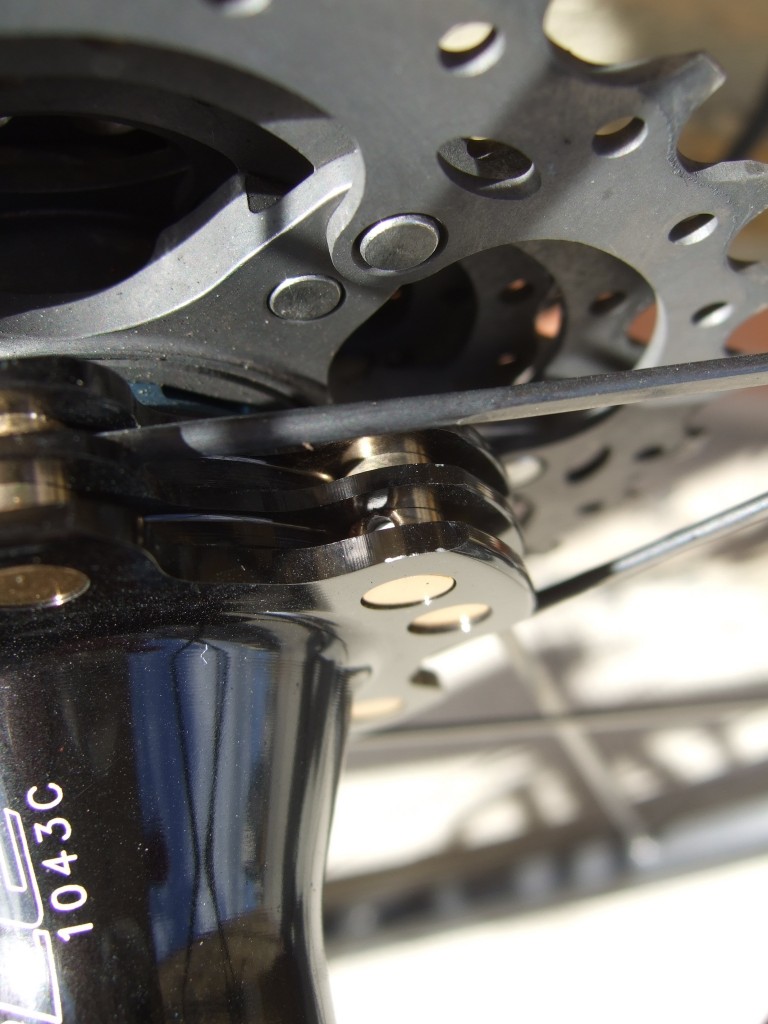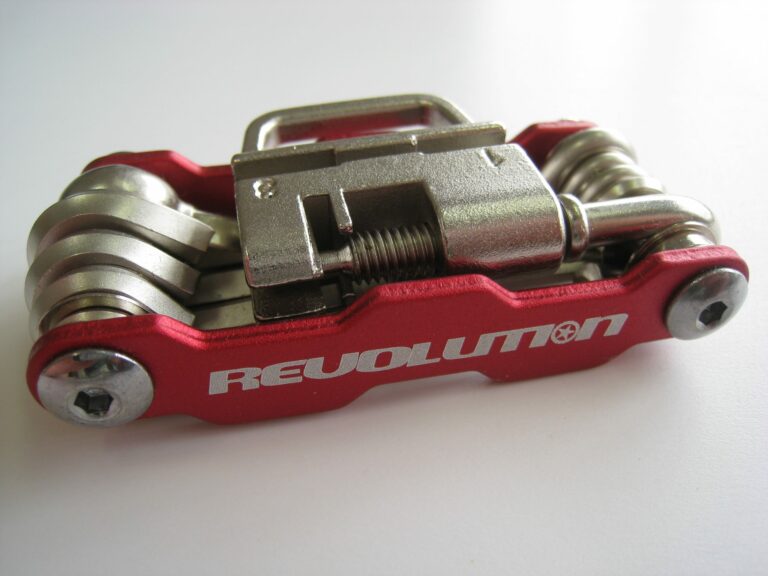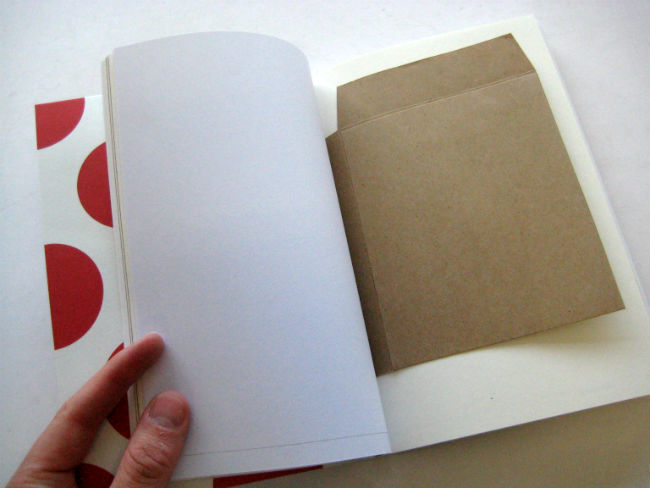
And so, with a twang and a rattle, ended RCUK’s test of the Cole CL24 Lite wheelset. One pedal stroke too manyafter some 1,500 miles of riding and one of the rear wheel’s drive-side non-pulling spokes snapped, at the hub, leaving the wheel so badly out of true thanks to the exceptional tension of the spokes that attention with a spoke key was needed to loosen several of those adjacent before it could be ridden without the rim fouling the left-hand brake block with brake Q/R open.
This, in turn, left the entire wheel less highly tensioned, giving it a most unnerving lack of rigidity in addition to the pronounced “hop” at the site of the broken spoke.The breakage has, however, provided an opportunity to take a closer look at one of the brass-coloured barrels on which the Dynamic Spoke Alignment, or DSA, spoke mount system depends.
They aren’t made of brass; they are too light. Most likely is titanium nitride-coated aluminium. The spoke is threaded into the barrel and into the nipple at the rim. The act of loosening spokes adjacent to the one that broke actually turned the spoke in the barrel rather than turning the nipple on the spoke.
The gold-coloured coating on the barrel is very hard and has a low coefficient of friction, so the barrels can rotate in the hub flanges even when under some spoke tension. This may be significant. The spoke broke as it enters the barrel, right at the end of the thread. This, of course, is where conventional spokes that break at the nipple invariably fail and it is generally caused by fatigue. The spoke flexes slightly as the wheel turns, the flex being concentrated at the slender thread valley, and after x 00,000 cycles fails through crack propagation through the metal.
For fatigue to break the spoke, it has to flex somehow. It’s hard to see how a DSA spoke can do so in bending, since it is held straight along its length. More likely, given that it is a non-pulling spoke that failed, is that each power pulse turns the hub in the rim to a tiny degree, slackening tension on the non-pulling spokes and increasing it on the pulling ones. The effect is more pronounced on the non-pullers, and is cyclically to extend the spoke and allow it to retract, at the thread. The low-friction coating of the barrels may contribute by permitting some movement in the flange. Certainly the whole wheel felt somewhat floppy after only a small decrease in overall tension.
The wheel had been ridden prior to arrival at RCUK so there is no way of telling what service conditions it had suffered earlier in its life. However, it was running true and showed no signs of damage or notable brake track wear, so it is reasonable to suppose it had not been treated badly. The spoke broke in the classic fatigue failure mode while being ridden after moderate mileage.
Conclusion? One might surmise that DSA does not significantly improve its spokes’ resistance to fatigue compared to the conventional J-bend construction technique.
Alternatively, it may be a one-off breakage caused by a defective spoke and Cole’s high spoke tension.
Cole C24 Lite Shimano/SRAM Compatible Clincher Wheel Set £274.99 per pair





